Among the minor aporia bedeviling the universe is a question about Alsatian wine. “What is it?” someone asks. “Wine from Alsace,” comes the answer. “But where is Alsace?”
This is where things get fraught. The answer is not latitude and longitude (for the curious, Grok offers 48.57º N and 7.75º E for Strasbourg, a plausible anchor for the area). The answer is not found in geography either. “West of the Rhine and east of the Vosges mountains” is all well and good. But it does not impinge upon the real question, which is a question of identity.
Not to belabor the point, but should we think of Alsace as primarily French or primarily German? With that, as Jeeves might have said to Bertie Wooster, rem acu tetigimus. Since this is ostensibly a column about wine, I propose to shelve the question in order to concentrate on the more important matter of viticulture.
Hugh Johnson touches on the critical matter with his observation that “Alsace makes Germanic wine in the French way.” It is said that Alsace is the sunniest spot in all of winemaking Europe. Add to that the effect of that great suncatcher, the Vosges Mountains and their surprisingly various mix of soils – marl and granite, clay and sandstone – and you have a swath of land very distinct from the German side of the Rhine, several kilometers to the east.
While many grapes are grown in Alsace, there are four denominated “noble” grapes of the region: Riesling, Pinot Gris, Gewürztraminer and Muscat. Of these, Gewürztraminer might be the most distinctive – is any other wine so flowery in its nose? Riesling is the grandest.
Then there are a handful of historic houses in Alsace: Hugel, Dopff, Trimbach, Humbrecht and Becker are among the best known. Dating from the 17th or even 16th centuries, they are also the oldest.
The curious thing is that a Riesling from Alsace is very different from a Riesling made in Germany: it’s the same grape, but a different terroir, a different style of winemaking. Traditionally, Alsatian wines were much drier than their German counterparts. But the amount of residual sugar is not the only difference. It is also worth noting that the culture of winemaking is different in Alsace from other parts of France. What Pascal called l’esprit géométrique is less active in Alsace. For example, it wasn’t until 1983 that Alsace got around to introducing a grand cru designation. Today, there are 51 vineyards boasting the honorific.
At their best, Alsatian wines, especially the Rieslings, are magnificent. Shakespeare has Enobarbus say of Cleopatra that while “other women cloy/ the appetites they feed, but she makes hungry where most she satisfies.” Johnson waxes similarly when he says that the best Alsatian Rieslings offer “a balance of hard and gentle, flowery and strong, which leads you on and never surfeits.”
Probably the most famous is Trimbach’s Clos Sainte Hune from the south of the region above the Hunawihr commune. Many regard it as not only the best Riesling in Alsace, but the best Riesling in the world. A knowledgeable pal of mine describes it as “the Montrachet of Alsace.”
Yes, it is expensive. A bottle will cost you upwards of $350. I recently saw a 2021 on a restaurant menu. Since no one’s rich uncle was paying, I regretfully passed it by. But not all wines from Trimbach are so dear. At a recent tasting, we sampled a 2020 Trimbach Riesling “Reserve” (“Reserve” being another fairly recent designation). It was more straightforward than many Alsatian wines, with a muted floral bouquet and vivacious palette. At $38, I thought it a bargain.
“Boxler” is another famous family name in Alsace. We tasted the 2022 “Empreintes” Riesling from Justin Boxler ($34). It was an intensely floral but lucid wine. We also had a 2012 grand cru Pinot Gris from Albert Boxler ($89), a sweeter, more succulent and complex wine from Brand, a spot overlooking the village of Turckheim.
Two more: a 2021 Schlossberg grand cru Riesling from Domaine Weinbach, a former monastery built by the Capuchins in 1612. It was about $90 and married an extraordinarily complex floral nose with an equally complex medley of ripe fruit notes with hints of licorice and that curious odor vaguely reminiscent of the machine shop that wine-speak calls “petrol” but which a friend of mine memorializes as “pool toy.”
Finally, something that is (like many things in life) the same, but different: the 2023 Riesling “Le Silence et la Résonance” from Jintaro Yura, a Japanese winemaker based in Alsace since 2012. Yura’s exquisitely crafted wines – he makes Pinot Noir, Pinot Blanc and a few other varietals as well as Riesling – are like mini Zen gardens in their chaste particularity.
This Riesling was $79 and managed to be both typical of Alsace and curiously distinct. I intend to try it again.
This article was originally published in The Spectator’s May 2025 World edition.



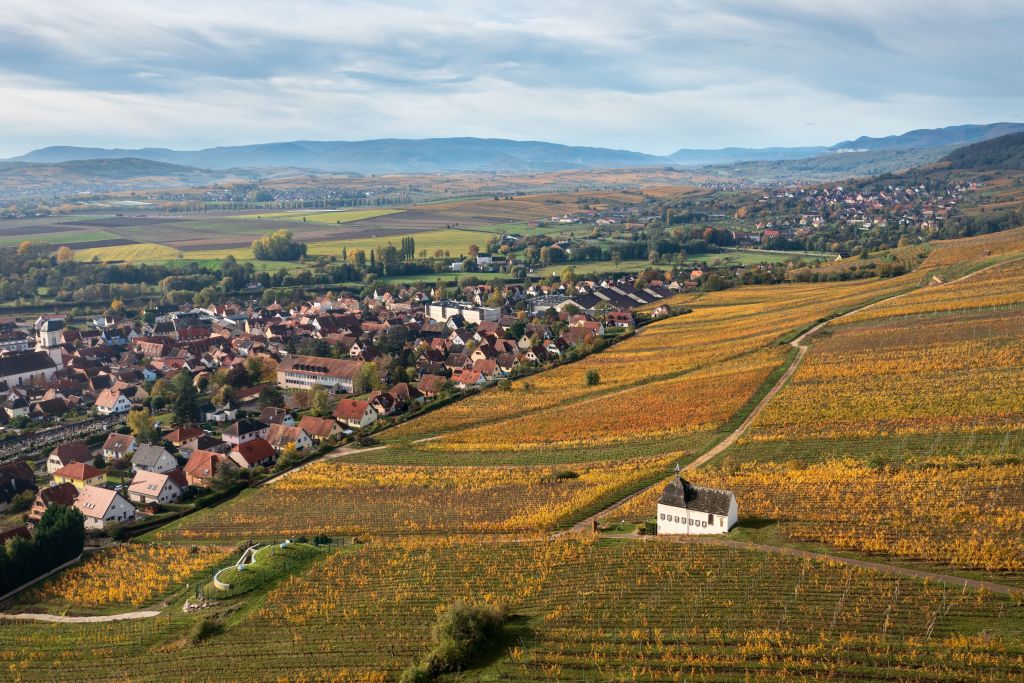






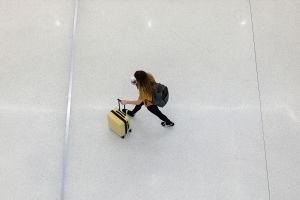




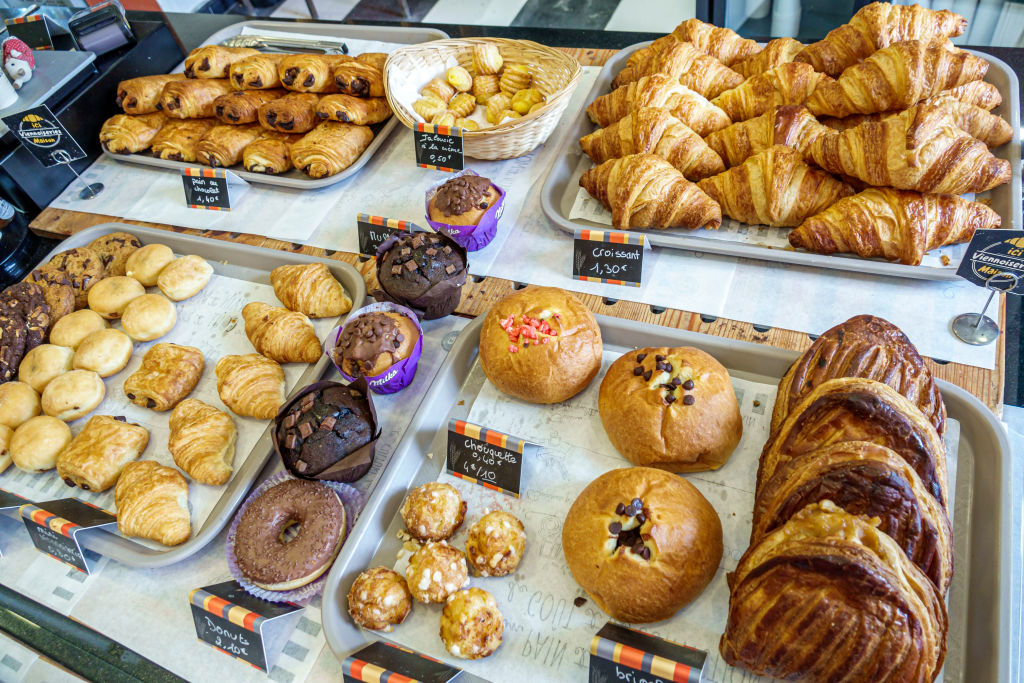
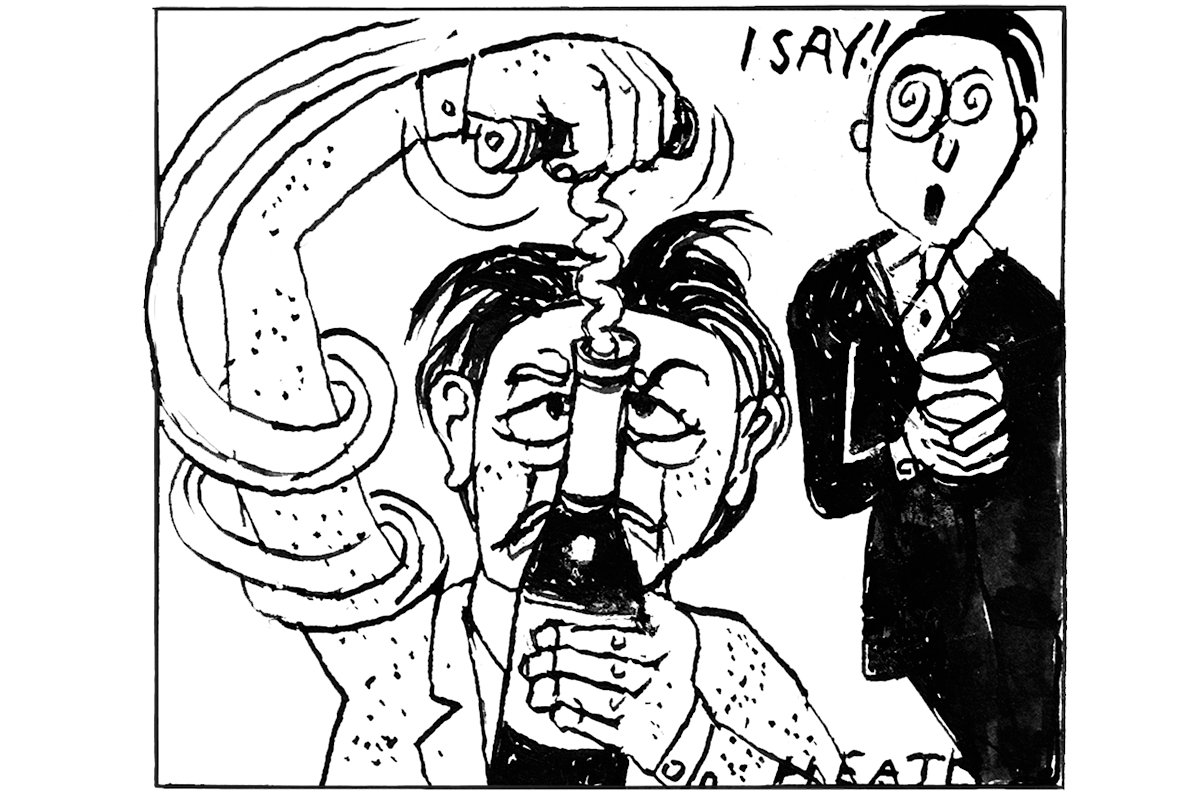

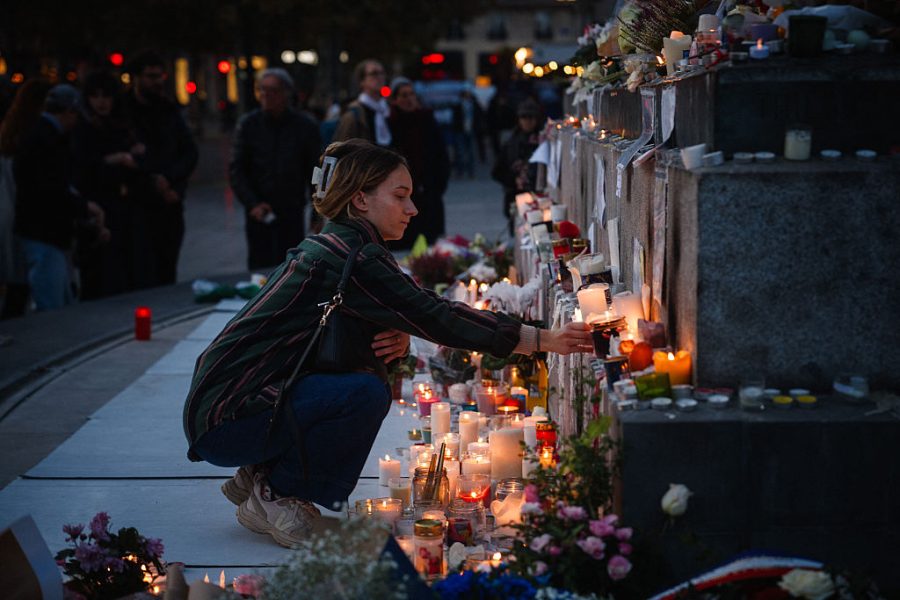







Leave a Reply